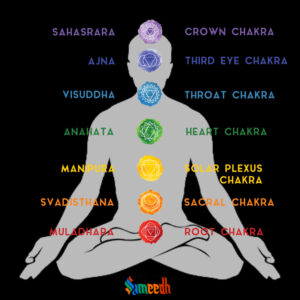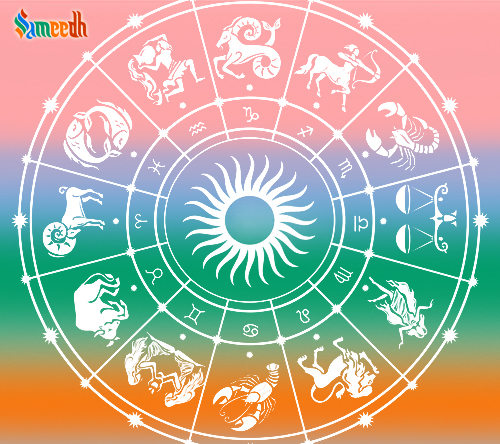The Swadhisthan chakra, also known as the sacral chakra, is one of the seven main energy centers in the body according to Hindu and Buddhist teachings. It is located just below the navel and is associated with the element of water. The swadhisthan chakra is believed to govern our emotions, creativity, and sexuality.

- Location: Lower abdomen, below the navel
- Color: Orange
- Element: Water
- Significance: Associated with creativity, sexuality, and emotional balance.
- Deity: Parvati, considered to be the embodiment of energy, power, and fertility, is sometimes linked to Swadhisthan.
The Swadhisthan Chakra, commonly known as the Sacral Chakra, is the second primary chakra in Hinduism in 7 Chakras. It is associated with creativity, sexuality, emotions, and the flow of energy.
The Swadhisthan Chakra is located in the lower abdomen, about two inches below the navel. The traditional color associated with the Sacral Chakra is orange, representing warmth, vitality, and creativity. The element associated with the Swadhisthan Chakra is water. This element symbolizes the flow of emotions, creativity, and adaptability. The symbol of the Swadhisthan Chakra is a six-petaled lotus flower. Each petal is associated with different qualities related to the chakra.
The Swadhisthan Chakra is considered the center of creativity, emotions, and sensuality. It is associated with the enjoyment of life, pleasure, and the free flow of energy. This chakra is governed by Parvati, the Hindu goddess of fidelity, fertility, and power.
When this chakra is balanced and open, it is believed to allow us to feel emotionally balanced and to experience a sense of creativity and joy in life. On the other hand, if the swadhisthan chakra is blocked or imbalanced, it can lead to emotional instability, a lack of creativity, and sexual dysfunction.
To balance and open the swadhisthan chakra, some practices that may be helpful include:
Engaging in activities that allow you to express your emotions and creativity, such as art, music, or dance.
Practicing yoga poses that focus on the lower abdomen and hips, such as pigeon pose or warrior II.
Using essential oils or crystals that are associated with the sacral chakra, such as ylang-ylang or carnelian.
Visualizing the color orange or the symbol of the swadhisthan chakra to help bring awareness and energy to this chakra.
The Swadhisthan Chakra is connected with the root chakra (Muladhar) and serves as a foundation for the higher chakras. Its proper functioning contributes to the overall balance and harmony of the chakra system.
Balancing the Sacral Chakra is considered important for cultivating a healthy emotional life, embracing creativity, and experiencing pleasure in various aspects of life. Practices that focus on the lower abdomen, movement, and emotional expression can contribute to the harmonious functioning of the Swadhisthan Chakra.
